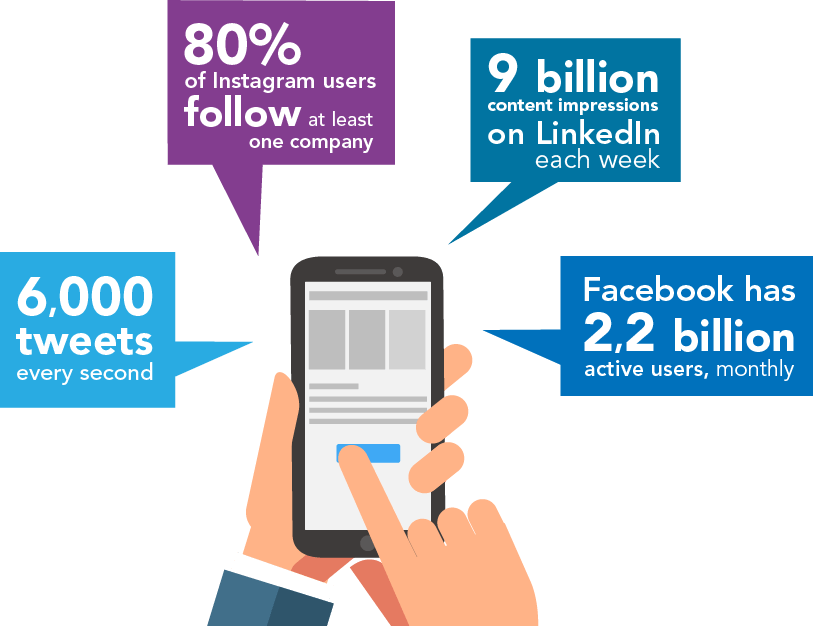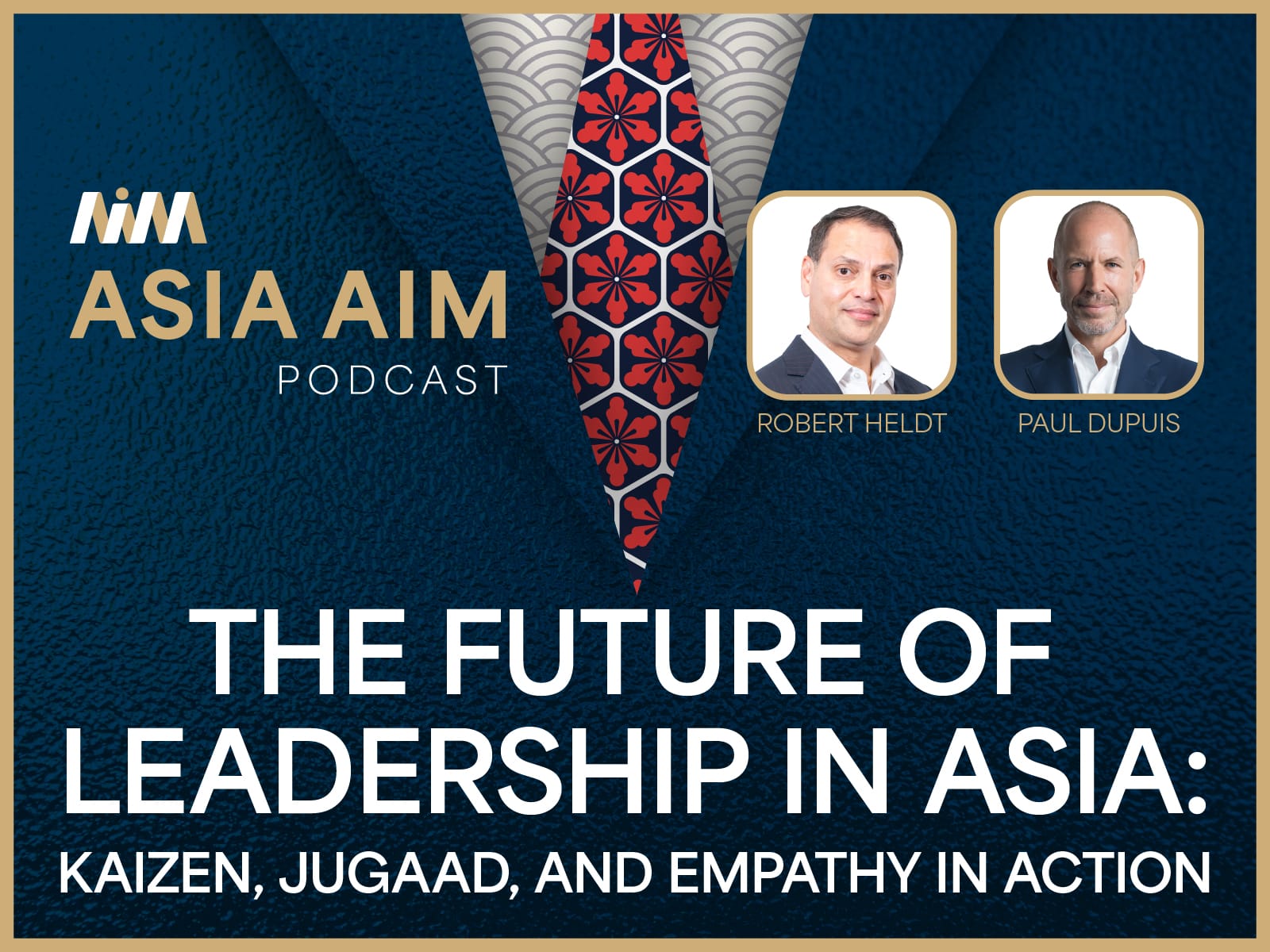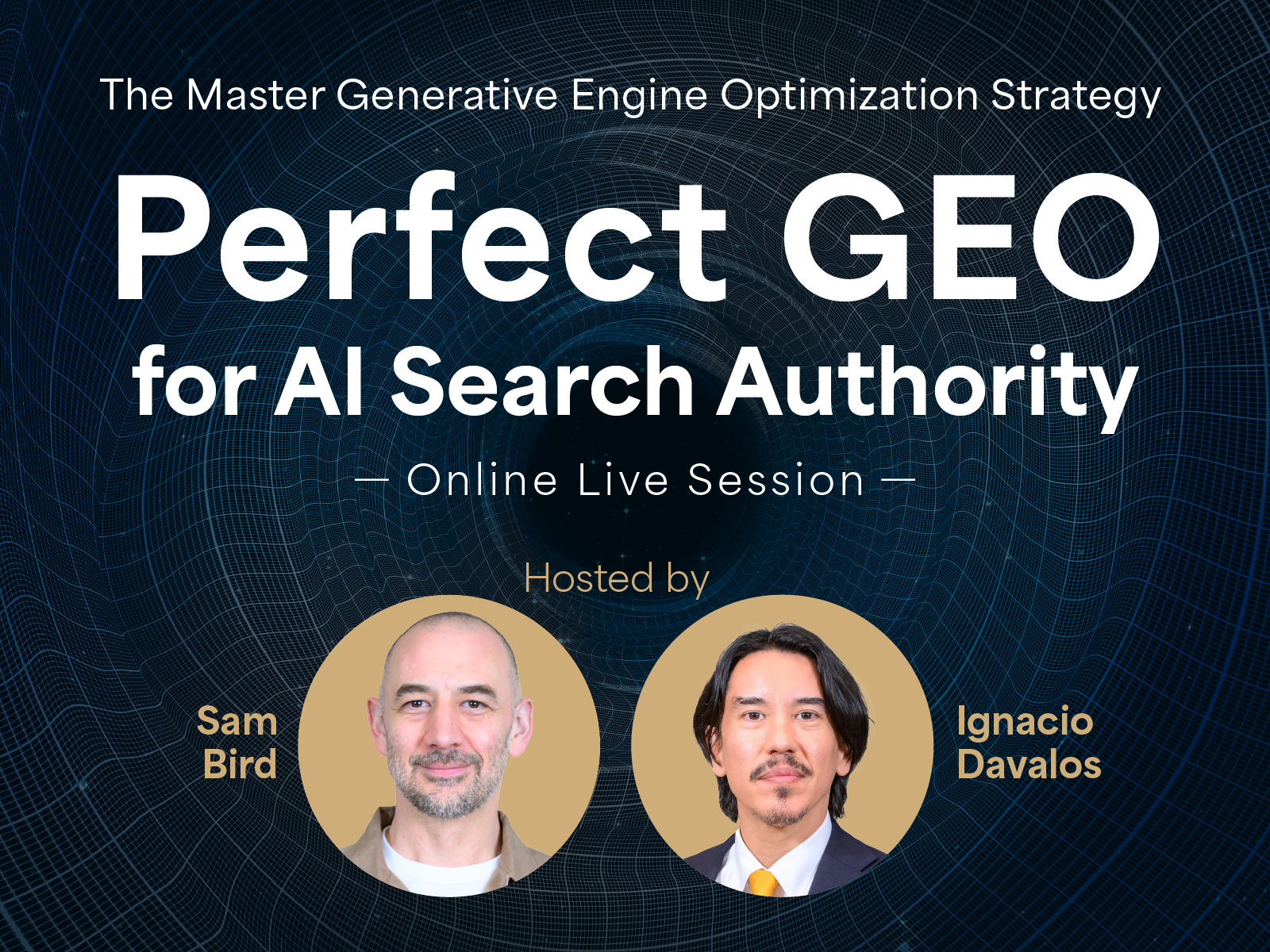
Simple Social Strategy
The rate at which information moves through these channels—and the range of people it reaches—has no bounds.
Have you heard the latest? If you are on Facebook, Twitter, Instagram, or LinkedIn you probably have. The rate at which information moves through these channels—and the range of people it reaches—has no bounds.
Social media platforms have become the bread and butter of communications, and marketing without at least one does nothing but disservice your brand.
But for many companies, this knowledge is not enough. How do you choose where to put your resources? How do you build a following?
Connect with me
To stay relevant, content must be produced regularly. This can be time consuming and is a top reason social media efforts fizzle. But it is possible you need only one of these platforms, making the task more manageable.
Each has its strengths. Twitter is fast moving. More than 6,000 tweets are sent every second and are gone the next, so short pieces of information are the most effective. It is also the platform that requires the most engagement to be seen or heard, but that effort pays off in the form of stronger relationships.
Instagram is ideal for the creative side of business, and 80 percent of Instagram users follow at least one company. The platform allows you to share exciting graphics, short videos, and eye-catching photos in an environment that puts them center stage. And for a more personal touch, the Stories function can let people know what you are up to.
On the other end of the spectrum is LinkedIn. Here, words are king and the audience is looking for informative articles and content related to their business. This is where long-form content—including blogs written by a company or individual—finds a home, with more than 9 billion content impressions each week.
Facebook sits atop all social networks with 2.2 billion monthly active users as of the fourth quarter of 2017. This is the place to really build your company’s profile. To do this, you must ensure that the best content is featured near the top of your page and displayed in an engaging way. The ability to create events, share causes you care about, and go live are key benefits.
 The promotion of posts, giving you the ability to reach a wider audience, is another benefit—but at a cost. Marketing oneself on Facebook is an increasingly pay-to-play game.
The promotion of posts, giving you the ability to reach a wider audience, is another benefit—but at a cost. Marketing oneself on Facebook is an increasingly pay-to-play game.
Ultimately, the first thing you need to do is identify the results you want. This will shape your social media strategy and help you decide what platforms are necessary for your brand.
Social media shouldn’t be the goal, it’s just a tool for communication.
Message me
Although these platforms can be used for free, the staff resources needed to get results may add expense. Creating brand-appropriate messaging for each platform takes time and requires thorough research into customer expectations.
If you have multiple brands, ensuring that each carries a consistent corporate message while still showcasing individuality can be complex. Make sure you know who you are before spreading the word.
 Language must also be adjusted for each platform. On Facebook, Instagram, and Twitter, a voice that uses an everyday style is a lot easier to identify with than one that sounds like an article from The New York Times. LinkedIn, meanwhile, must walk the line between the two.
Language must also be adjusted for each platform. On Facebook, Instagram, and Twitter, a voice that uses an everyday style is a lot easier to identify with than one that sounds like an article from The New York Times. LinkedIn, meanwhile, must walk the line between the two.
To keep your messaging on track, create a content calendar. Knowing in advance when content will go out will relieve the stress of coming up with something new at the last minute. And knowing what time of day is best to post will make that content more effective.
Follow me
A crucial aspect of success on all these platforms is building a following. How else will you reach people? Interaction is key. Finding accounts to follow and engaging with them will help you grow your audience. But remember, choosing who to follow is a delicate process. The relevance that your followers have to your business—and that you have to those you follow—is often forgotten.
And don’t forget to follow the competition! This might seem counterintuitive, but knowing what others in your space are doing will keep you ahead of the game.
Social media is like the universe itself—forever expanding. Keeping up with the constant flow of new information is a tough task, but doing so will pay off in terms of brand awareness and audience reach.
The main question is: What do you want to tell the world?
If you’re looking for outside advice on which social media platforms would work for your company, please email inquiries@custom-media.com


